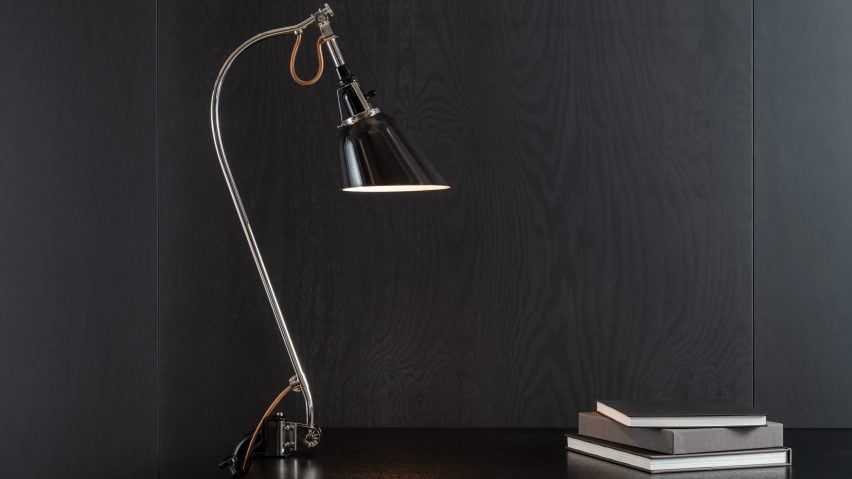
Adjustable lamp used by Walter Gropius and the Bauhaus school revived
German light company Midgard is reproducing a lamp that was used at the Bauhaus school to coincide with its 100th anniversary.
The adjustable TYP 113 lamp was first produced by Midgard, a company was founded in 1919. Hamburg entrepreneurs David Einsiedler and Joke Rasch took over Midgard's business in 2015, and re-launched 100 of the TYP 113 to celebrate the company's anniversary this year.
Also known as a Steering Lamp, the light was designed by Curt Fischer to solve poor lighting on factory workbenches. Architect Walter Gropius, a friend of Fischer, however, used it to equip his Bauhaus design school in Dessau.
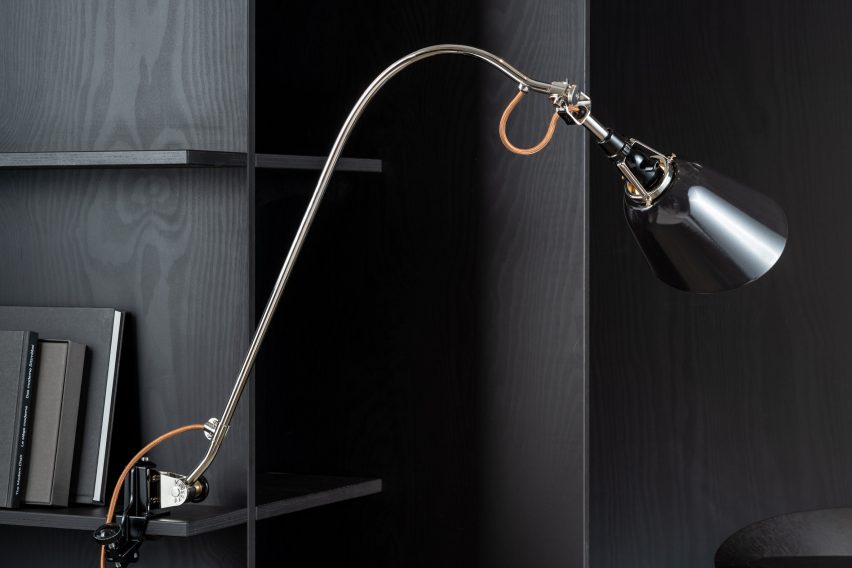
TYP 113 was an innovation in the early 1920s and is credited with leading the commercial production of articulated lights.
The design features an adjustable arm made of nickeled pipe with a rotating porcelain knob. An enamel lampshade can be raised, lowered and turned for optimal light direction.
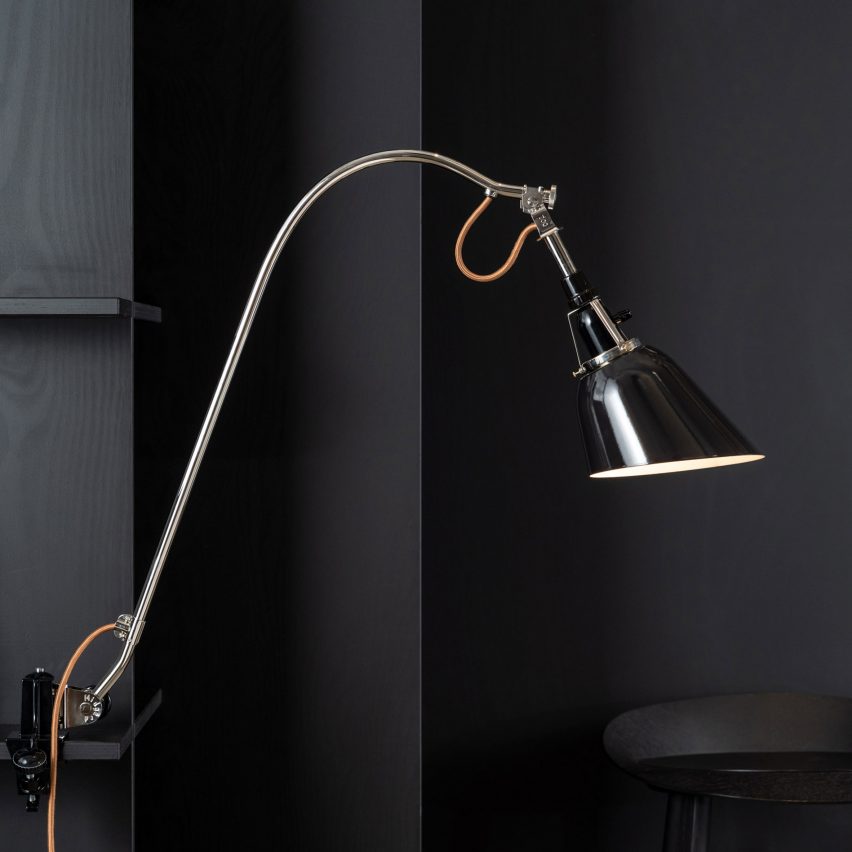
The curved arm and moveable shade allow the user to pull the lamp towards themselves and turn its head, casting the light at the desired angle onto the workplace or a specific piece. There are five rotation points for flexibility: two at the clamp, two at the head, and one at the shade.
When the lamp was first created Gropius was among its early adopters, and he had TYP 113 lights fitted in the Dessau school's metal workshop and at his home. Hannes Meyer, the second director of the Bauhaus school, also had Midgard's lamps in the reading rooms of his General German Trade Union Confederation building.
Throughout the second world war and the reign of German Democratic Republic, when the state took over Midgard's business, the company continued production but the brand was nearly forgotten about. "For the majority of the world, Midgard was hidden for 20 to 30 years during the German Democratic Republic," Einsiedler told Dezeen.
After German reunification in 1990, Fischer's son Wolfgang took over the company and then it was passed onto his step-daughter and her sister.
As part of the acquisition, which saved the family business from bankruptcy, Einsiedler and Rasch gained all existing tools and lamp parts in addition to Midgard's archive, with hundreds of original drawings, photographs, letters and documents.
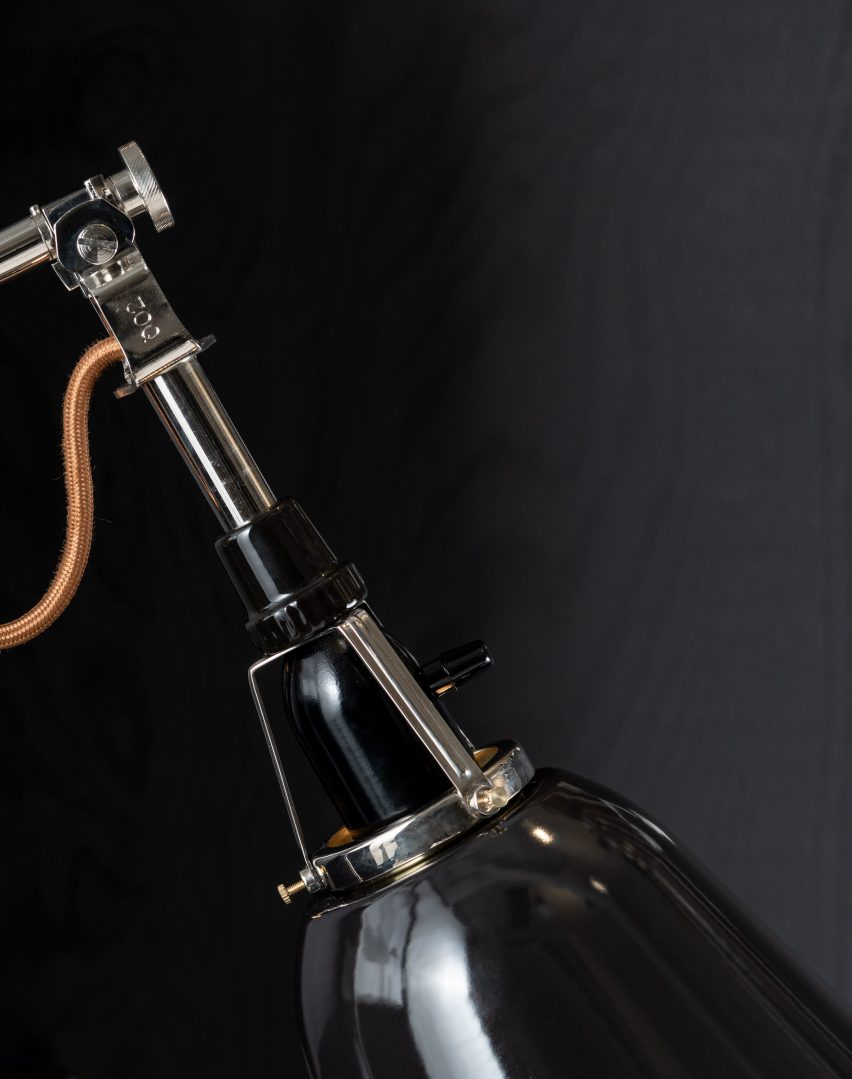
They immersed themselves in Midgard's history, with dozens of photos revealing the modular lamp. But they realised its design was never logged, even at Germany's national Bauhaus Archive.
"Not one ever took note of what lamp it was," Einsiedler said. "That was very interesting," he added. "Even the Bauhaus archive in Berlin did not have information about the lamp."
Only one document from Bauhaus student Marianne Brandt references the light: "We later envied the inventors of the Midgard lamp's arm," she said. "Our lamps were adjustable too, but they simply weren't as elegant."
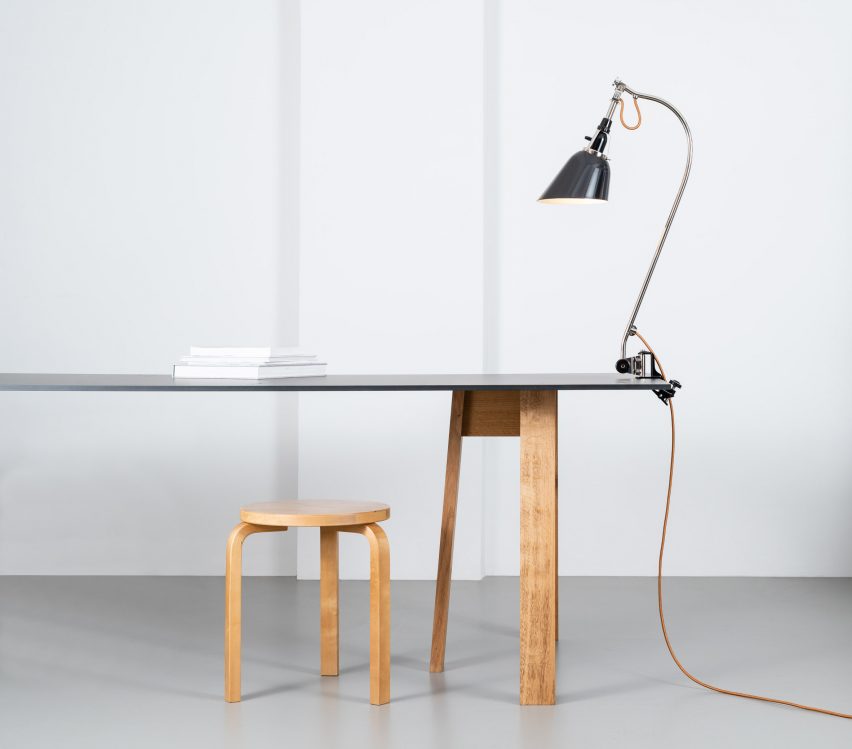
With the relaunch of the TYP 113, Rasch and Einsiedler are reviving the German lighting brand's heritage. All designs are produced manually, with original tools. Midgard branding has also been preserved.
"We decided we're not changing the logo because we love the story behind it," Einsiedler said. "We build in keeping with the historical context."
For the TYP 113 in particular, the socket is a 1930s part that is reproduced out of black bakelite with a turning switch and cord.
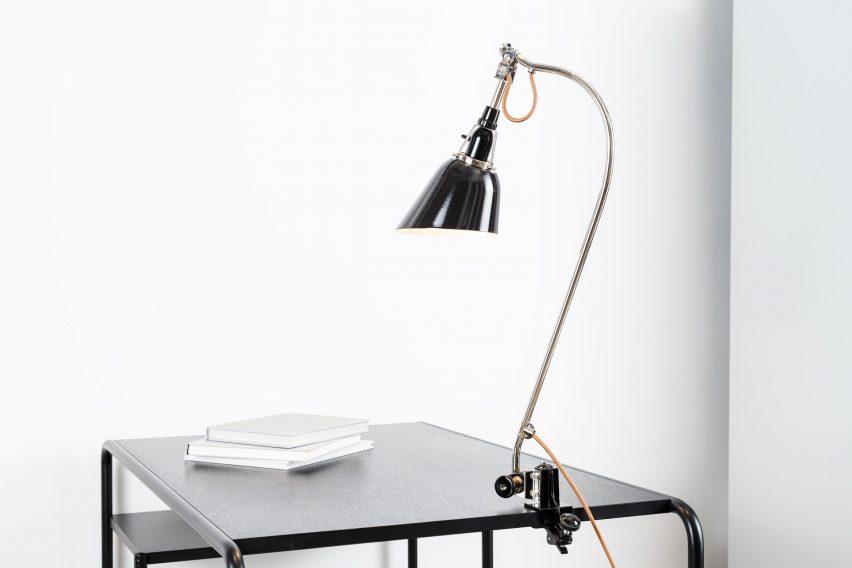
The team have made some upgrades to the business like a new build-to-order process, e-shop system and digitalisation. Production has been moved from its original factory in Thuringia in eastern Germany to Hamburg, where the company is now based.
Earlier this year Midgard was marketed in the US for its first time, and several of its lights were presented in New York at the WantedDesign festival.
This year also marks Bauhaus' 100th anniversary and a number of designs from the school have been recreated, including Gunta Stölzl's dorm blanket.
Other iconic Bauhaus pieces have been kept in production, such as Marcel Breuer's Wassily Chair and Brno Chair by Ludwig Mies van der Rohe for the 1929 Barcelona Pavilion.
Photography is by Jenner Egberts.